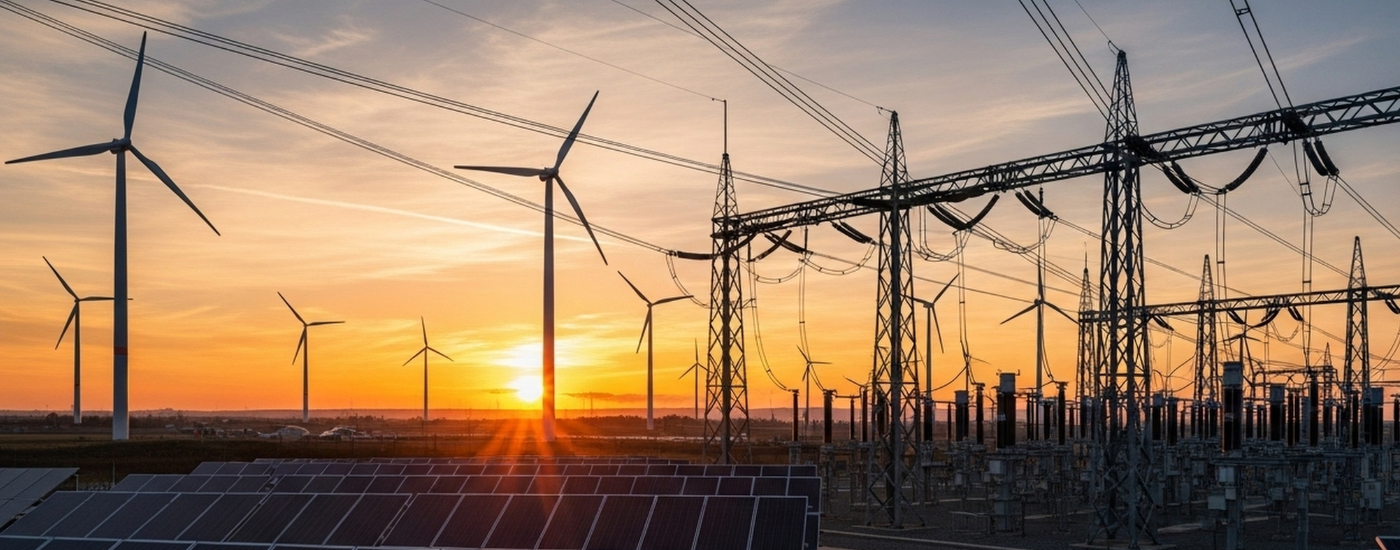The latest lite edition of our monthly Australian energy & environmental market update is now available. Keep reading for energy and carbon pricing movements, policy updates and other news.

This month we cover the increased volatility in the daily spot electricity prices in the southern states of Australia, as well as the increase in ACCU market transactions through Q1 of 2023.
Keep reading for an overview of key market developments and a discussion of the impact of these announcements.
The full version of the update, with additional commentary from our industry analysts, is available to paid subscribers.
Contact our team to find out more.



January 2023 saw a 30% increase in ACCU prices off the back of two major announcements from the Federal government on both the buy and sell side of ACCUs:1) the Chubb Review which supported the fundamental ACCU framework and suggested improvements to its transparency and methodologies; and 2) the proposed Safeguard Mechanism reforms, including to reduced emission baselines for large emitters between now and 2030.
Both announcements were made in early January and, in the following weeks, ACCU prices reached price points of over $38/t-CO2. These price levels have not been seen since a rule change to the Emissions Reduction Fund (ERF) in March 2022 allowed project sellers to participate in the secondary market by exiting their ERF agreements with the Federal government. ACCU prices fell marginally to $36.50 by the end of February.
The instilled confidence in the ACCU framework has also led to a noticeable increase in monthly trade volumes. The average monthly ACCU trade volume over January and February was 1,725k. This is a 74% increase compared to Q4 2022’s average monthly ACCU trade volume of only 990k. The first full week of trading in March has already seen an ACCU transaction volume of 855k – half of the current Q1 2023 monthly ACCU trade average and almost surpassing the average monthly trade volume of Q4 2022.
Additional commentary is available in the full version of the update. Contact our team to find out more.

Forward electricity prices, i.e. energy futures, have stabilised following the Federal Government announced $125/tonne black coal and $12/GJ gas price caps in December 2022. However, electricity prices will remain volatile owing to the continued risk of unplanned outages of ageing coal generation units.
Queensland’s energy futures rose $15/MWh following CS Energy’s announcement of more delays to the Callide C coal-fired power station. Return of the C4 unit has been delayed by another 6 months until October. The unit’s 932 MW has been absent since its failure in May 2021. Callide C’s 466 MW C3 unit, also offline since October last year, isn’t slated to return to full operations until the end of this year.
Additional commentary is available in the full version of the update. Contact our team to find out more.
.jpeg)
The Australian Carbon Market: There have been several recent developments in Australia that could impact how companies approach their sustainability goals.
One such development are the proposed changes to the Safeguard Mechanism which include progressive tightening of emissions baselines to industry standards.
While the reforms are still being debated in parliament, the market has responded to the government announcements and trade volumes have increased.
Business leaders should keep an eye on further developments related to the Safeguard Mechanism and the Australian Carbon Credit Units framework. When the new regulation passes, it is expected to establish a significant compliance demand out to 2030.
Voluntary demand from companies looking to reduce their carbon footprint and become leaders in sustainable practices, will also have an impact.
Energy prices throughout 2023: The stabilisation of forward energy prices has been attributed to government intervention following unprecedented price increases in the energy market.
These price increases were caused by unplanned coal outages and the resulting energy supply gap.
With an ageing coal fleet that is increasingly susceptible to outages, longer maintenance periods, and earlier closures, there is mounting pressure to build new energy generation and storage capabilities to replace them.
If this issue is not sufficiently addressed, energy prices will remain volatile, posing a risk to business operations.
Energy price volatility can have a significant impact on the bottom line, and addressing the issues in the energy market requires sustainable solutions.
The transition to new energy sources and storage capabilities presents an opportunity for businesses to invest in sustainable technologies, reduce their carbon footprint, and contribute to a more sustainable future.
By keeping a close eye on the developments in the energy market and investing in sustainable solutions, Australian businesses can protect themselves from the risks posed by energy price volatility while also playing a part in addressing the challenges facing the energy sector.
The events outlined in this months update highlight the evolving nature of carbon and energy markets and the complexity of the net zero transition.
To discuss your unique requirements, get in touch with our team today for a no obligation discussion on how we can help.

As the NEM Review lands, attention rightly turns to system-level settings. But much of the commercial change shaping renewable and firming supply is already unfolding inside over-the-counter (OTC) energy markets. This article sets out what’s already shifting commercially in a market under review.

As the NEM Review lands, attention rightly turns to system-level settings. But much of the commercial change shaping renewable and firming supply is already unfolding inside over-the-counter (OTC) energy markets. This article sets out what’s already shifting commercially in a market under review.